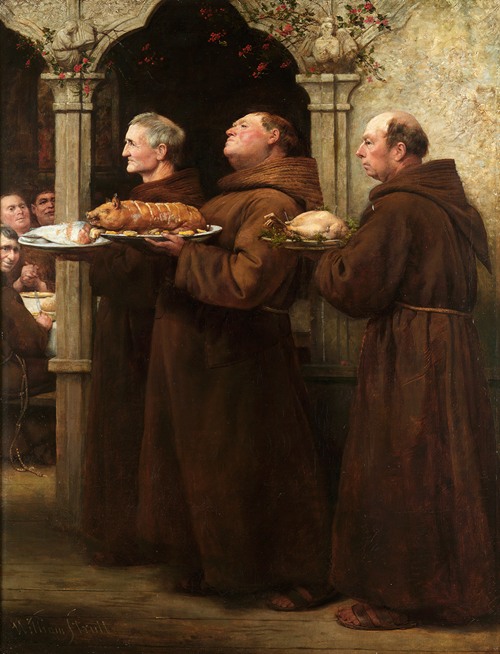
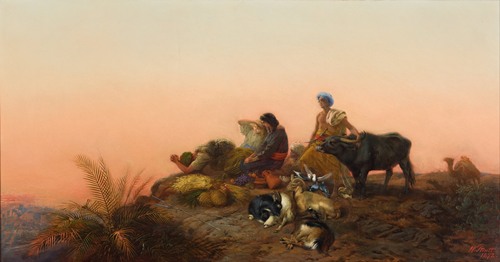
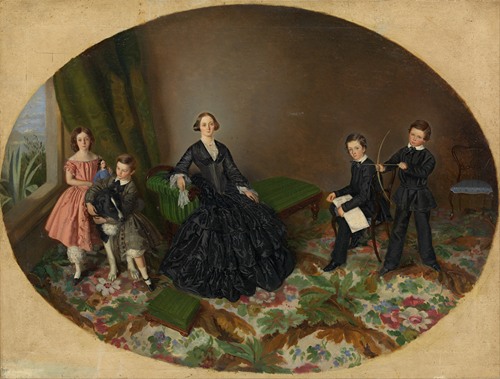
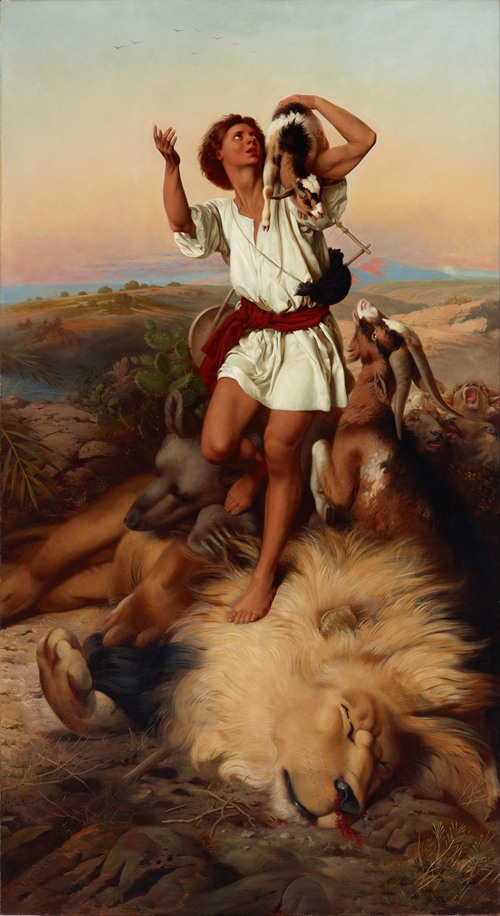
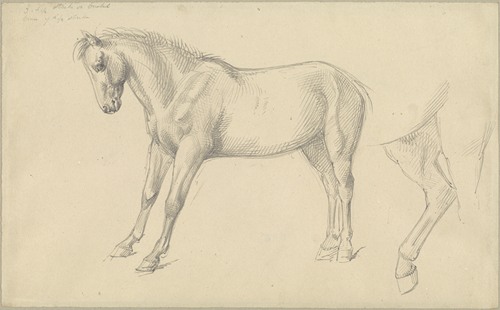
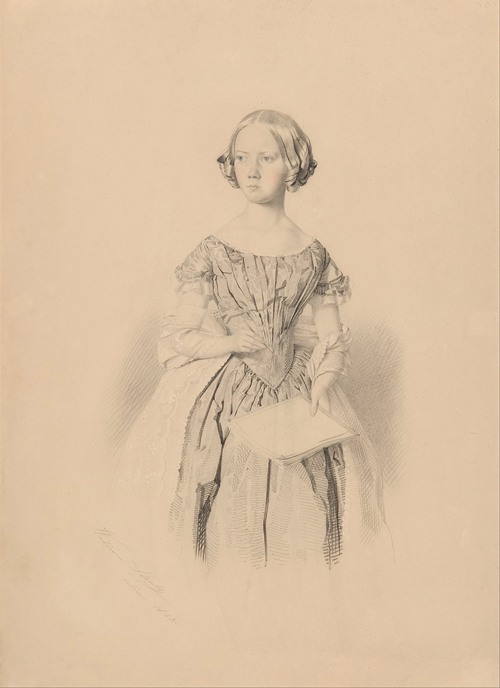
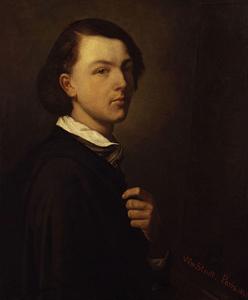

William Strutt was an English artist.
Strutt was born in Teignmouth, Devon, England, and came from a family of artists, his grandfather, Joseph Strutt, was a well-known author and artist, his father, William Thomas Strutt, was a good miniature painter. William Strutt enjoyed a student life in Paris, France, and England, studying figurative and history painting. In response to a near-breakdown and problems with his eyes, Strutt decided to visit Australia, arriving 5 July 1850 on the Culloden, where he then married.
In Melbourne, Strutt found employment as an illustrator on the short-lived Illustrated Australian Magazine, published by Thomas Ham, as there was little demand for the figurative and history paintings for which he was trained. Some of his designs did, however, lead to commissions, including a design for a new postage stamp, and an Anti-Transportation League card. Despite the lack of interest for major history paintings in Melbourne, Strutt continued to sketch suitable subjects, including the ‘Black Thursday’ bushfires, which swept over the colony on 6 February 1851. It was from these sketches that Strutt composed one of his most notable paintings some 10 years later, Black Thursday, 6 February. 1851, 1864, which depicted animals and men fleeing from the fire.
William Strutt died in Wadhurst, Sussex, England on 3 January 1915.





